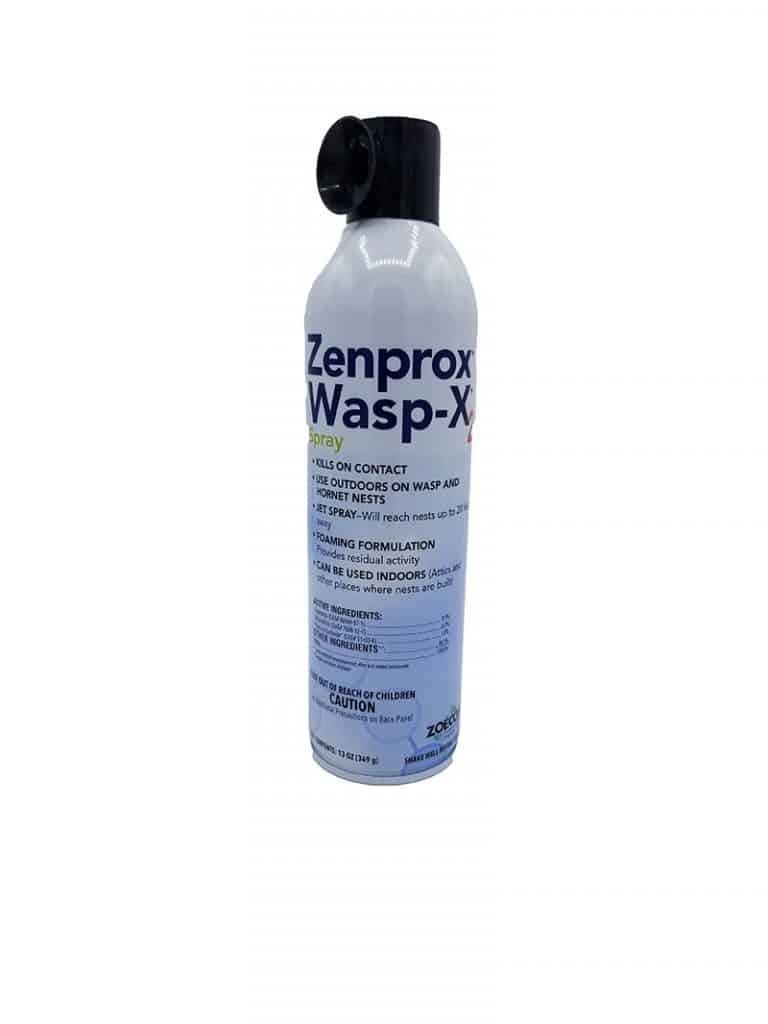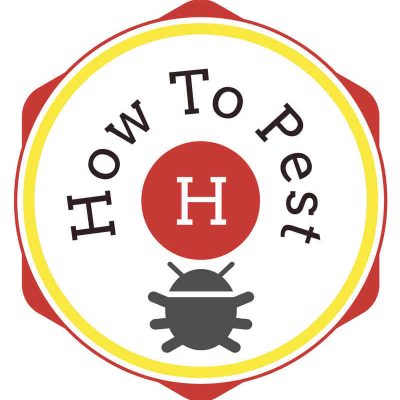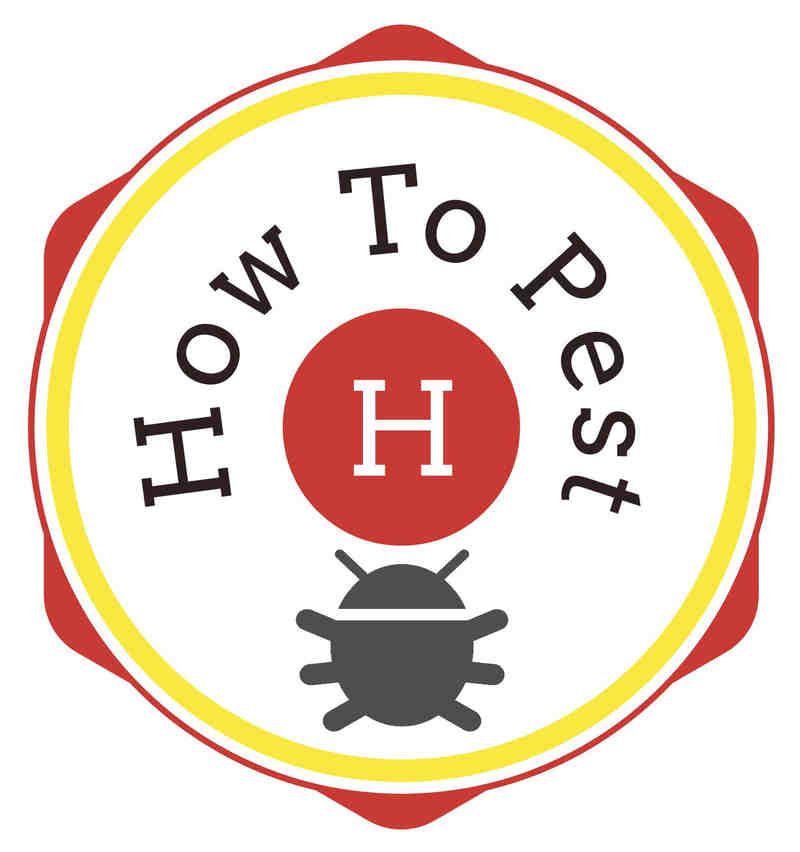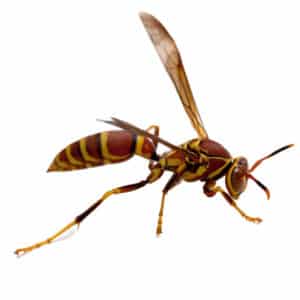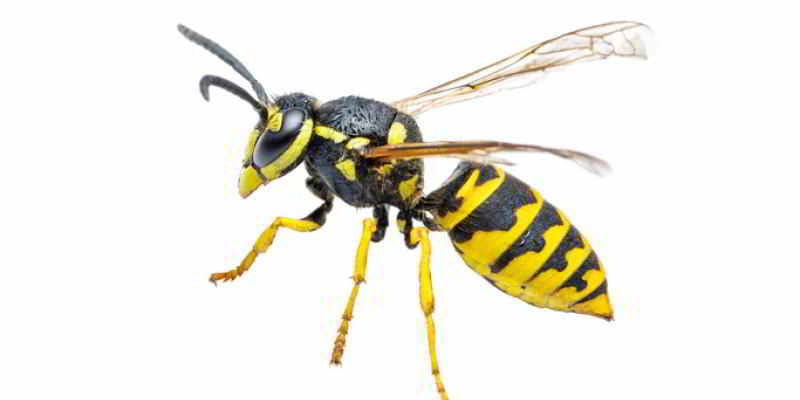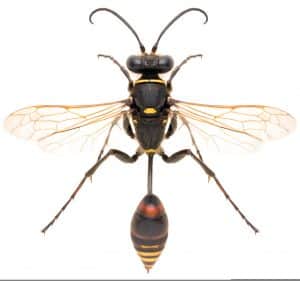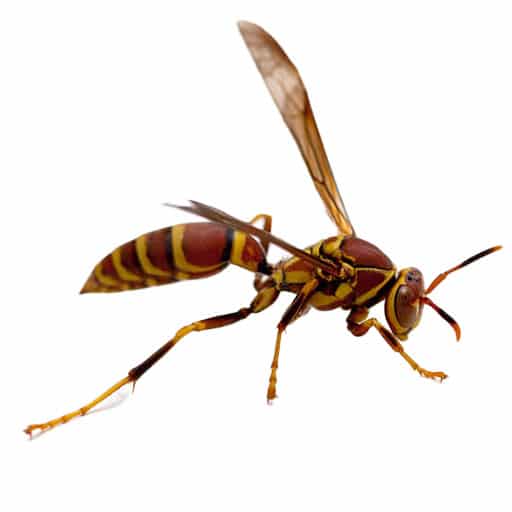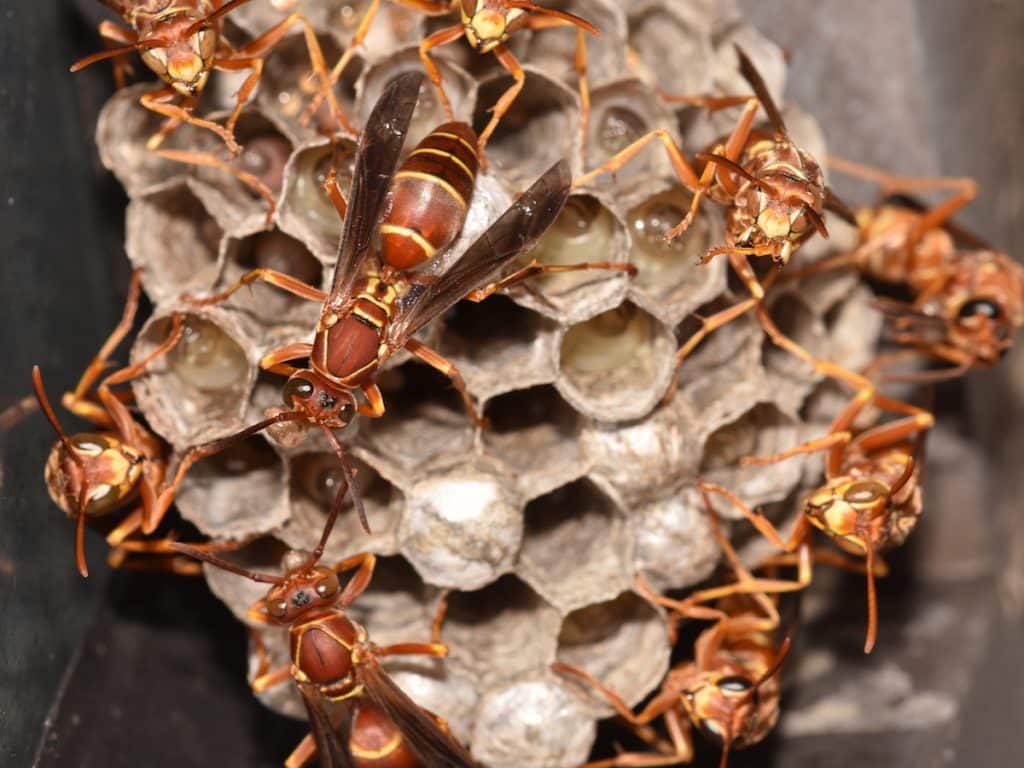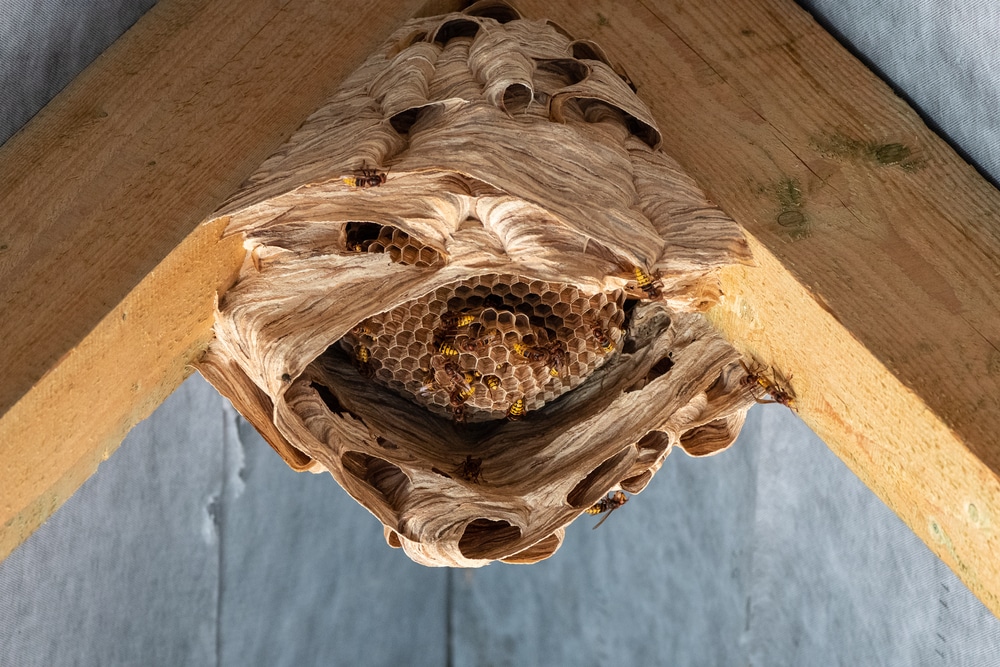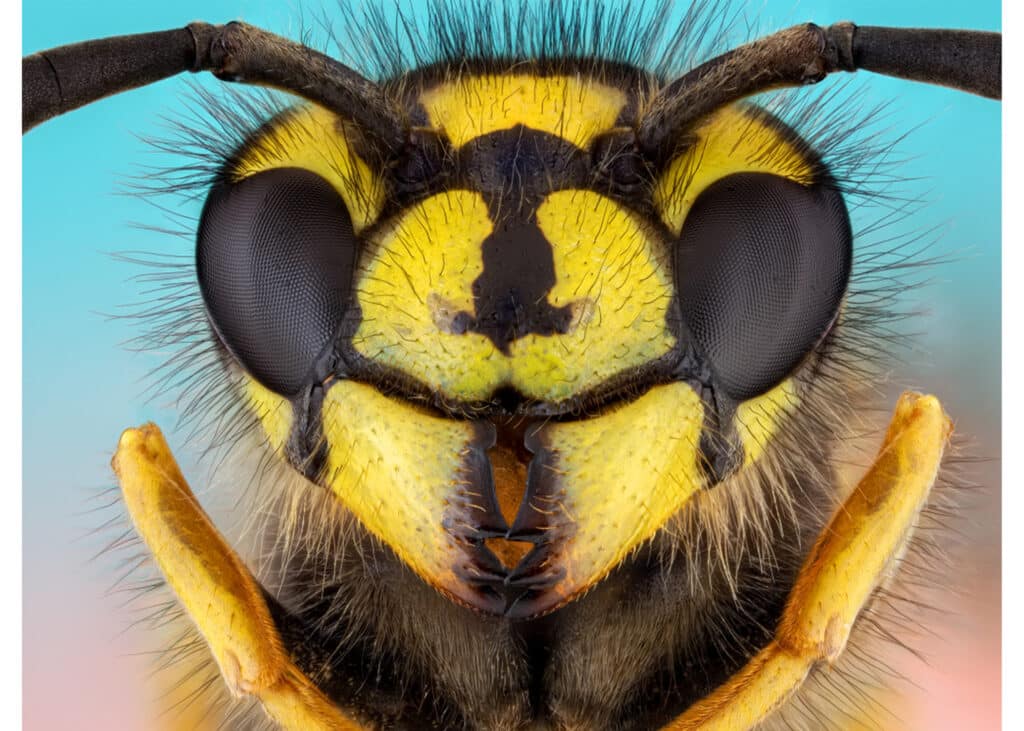
Wasps can be a pesky and dangerous problem in your yard. Knowing how to identify them and using preventative measures can help you keep them away. This article will discuss ways to prevent wasps from entering your yard and how to safely deal with them if they become a problem.
Different Types of Wasps
While there are over 4,000 species of wasps in the United States, the following are the most common types of wasps that we deal with in our yards:
What Is the Difference Between a Bee and a Wasp?
Identify Nest Locations
Keep Wasps Away!
Eliminate Food Sources
- Clean up any spilled food and liquids
- Store food in containers with tight-fitting lids
- Keep trash cans covered
- Put screens over windows and doors
Use Natural Repellents
- Spray vinegar or lemon juice around wasp-prone areas
- Place fresh citrus peels around the perimeter
- Hang a clove or garlic bulb near wasp entry points
Wasp Repelling Plants
- Basil
- Citronella
- Thyme
- Marigolds
- Eucalyptus
- Geraniums
- Mint
- Lemongrass
- Wormwood
How To Get Rid of Wasps
If it is too late and you already have wasps, HowToPest.com is here to help! We always recommend taking care of your wasp issues early in the morning, when the wasps are in the nest and less active. Using an aerosol insecticide that can spray long distances and an instant knockdown can be a very attractive option. PT Wasp Freeze offers an instant knockdown as well as can spray as far as 15 ft.! After you have treated the wasp or hornets nest and there is no more live activity, you will want to knockdown the nests. You may need to wait a couple of days to make sure you no longer see any live wasps.
Conclusion
- Regularly inspect the area for wasp nests
- Take measures to prevent wasps from entering your home
- When possible, use all natural deterrents to keep wasps away
